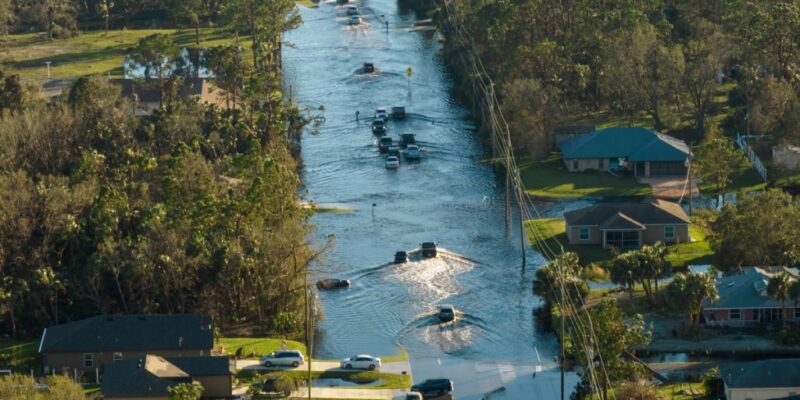Key takeaways:
Buying a house in a flood zone comes with financial and safety risks, including high insurance costs, property damage, and potential resale challenges. Flood insurance is essential – and often required – if the home is in a high-risk area. There can be advantages like lower purchase prices and waterfront locations, but they should be weighed carefully against the risks. Do your research early. Check flood maps, review the property’s flood history, and ask the right questions before making an offer. Buying a house in a flood zone can come with serious risks. From higher insurance costs to potential damage and resale challenges, there are a lot of factors to weigh. But if your dream house on the lake happens to be in a flood zone, it doesn’t have to be a deal breaker.
In this Redfin article, we’ll go over what flood zones are, the pros and cons of buying in one, and what to consider before making an offer. Whether you’re buying a home, renting a house, or living in an apartment, understanding how flood zones affect properties can help you make a smarter, safer choice.
What is a flood zone?
A flood zone is a geographic area identified by the Federal Emergency Management Agency (FEMA) with a specific level of risk for flooding. The FEMA flood zones range from high-risk to low-risk. They are assigned based on factors like weather patterns, elevation, and historical flood data.
Special Flood Hazard Areas (SFHAs) are the highest risk zones, and have over a 1% chance of flooding annually. While 1% may not seem like a high percentage, this adds up to a one in four chance of flooding over the course of a 30-year mortgage.
How can you check if a house is in a flood zone?
The easiest way to find out if you’re buying a house in a flood zone is by checking the address on FEMA’s Flood Map Service Center. Flood zone details may also appear in the seller’s disclosure, but this isn’t a requirement for every state.
It’s important to do your own due diligence to understand your risk. Even homes outside a SFHA can still be at risk for flooding. Consult multiple sources, like county records, elevation maps, and a home’s claim history for the most accurate picture and updated flood information.
Pro tip: When you’re looking at Redfin’s real estate listings, you can view climate risks, flood zones, and more in the property details.
Start research early in the home buying process to make sure you start your search in areas that match your comfort level with risk.





